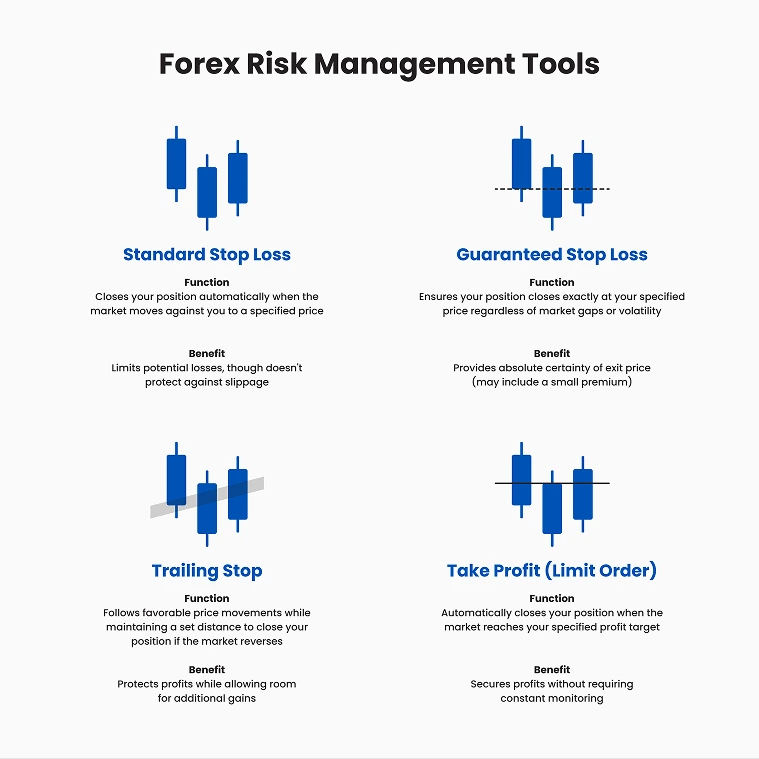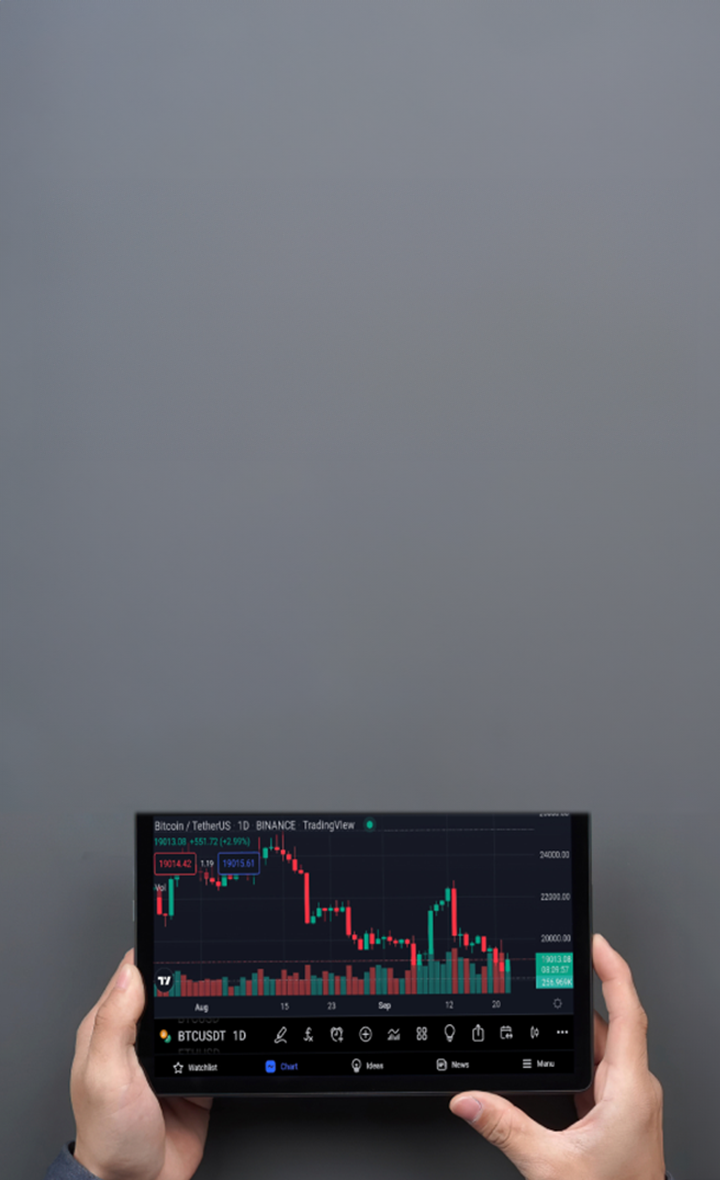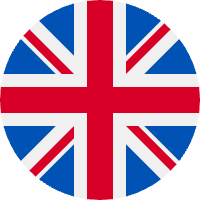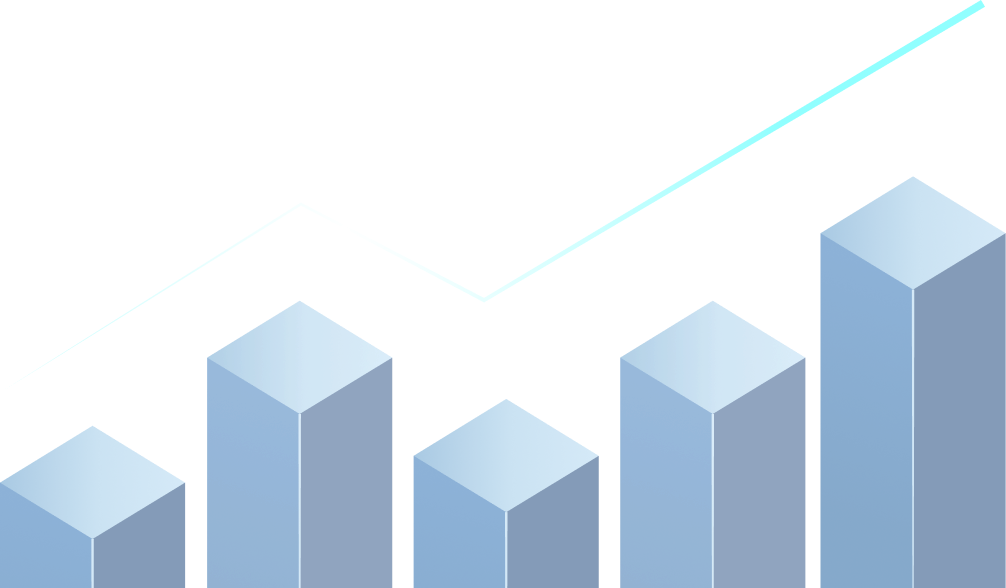

How to Start Forex Trading for Beginners: A Step-by-Step Guide
Understanding forex trading for beginners unlocks opportunities in the world's largest financial market. With over $6 trillion in daily trading volume, the forex market offers unparalleled liquidity and accessibility, allowing you to trade major, minor, and exotic currency pairs 24 hours a day, five days a week. This comprehensive guide covers everything you need to know about how to trade forex, from the fundamentals to the strategies to begin your forex trading journey.
Key Takeaways
Start with liquid major/minor pairs and understand base vs. quote pricing before you trade.
Use both fundamental (rates, data, news) and technical analysis to choose direction—buy if the base is strengthening, sell if weakening.
Control risk from the outset: size positions sensibly and set stop-loss and take-profit orders.
Practice on a demo, then execute on MT4 or MT5 once ready and funded.
Leverage and margin enable larger positions (e.g. 30:1 implies ~3.33% initial margin) but also amplify losses, making position sizing and stop-losses essential.
How to Trade Forex for Beginners
1. Choose a Currency Pair to Trade
The forex market offers more than 80 currency pairs – ranging from major pairs like EUR/USD and GBP/USD to exotic pairs like MXN/JPY or SGD/HKD. When trading with TMGM, you can access competitive spreads across a comprehensive range of currency pairs. When learning how to trade forex, start with the major or minor parts offering narrower spreads. TMGM, makes trading forex easier by offering a highly competitive spread across a wide range of currency pairs.
Before selecting a currency pair, conduct thorough:
- Fundamental analysis: Evaluate economic indicators, interest rates, inflation data, political stability, and central bank policies of both countries in the pair
- Technical analysis: Study forex charts, identify patterns, and utilize forex indicators to forecast potential price movements
Understanding the relationship between the 'base' currency (the first in the pair) and the 'quote' currency (the second in the pair) is essential for successful forex trading.

Figure 1: Illustrates base and quote currency
Currency Pair Structure Explained
In the currency pair EUR/USD:
- EUR is the base currency
- USD is the quote currency
- The price represents how many US dollars it takes to buy one Euro
2. Decide Whether to 'Buy' or 'Sell'
After selecting a currency pair, you'll need to determine your trade direction based on your analysis:
- Buy (Go Long): If you expect the base currency to strengthen against the quote currency
- Sell (Go Short): If you expect the base currency to weaken against the quote currency
For example, if GBP/USD is trading at 1.28000, you need $1.28 to purchase £1. You would buy this pair if you believe the pound will strengthen against the dollar. Conversely, if you expect the pound to weaken, you would sell. This step is core to how to trade forex for beginners and understanding how to trade forex strategically.
3. Set Your Stops and Limits
The forex market is known for its volatility, essential for managing risk in forex trading. Implementing stops and limits helps protect your capital and secure profits:

4. Open Your First Trade
To begin trading forex with TMGM:
Create an account through our streamlined application process
Complete verification and fund your account using various secure payment methods
Access MetaTrader 4 (MT4) or MetaTrader 5 (MT5) on our intuitive forex trading platform.
Search for your chosen currency pair
Enter your position size (lot size)
Select 'buy' or 'sell' based on your technical analysis
TMGM offers demo accounts for practice without risking real capital. These accounts allow you to familiarize yourself with the platform and test strategies in real market conditions.
5. Monitor Your Position
After opening a trade, staying informed about market developments is essential for managing risk and maximizing potential gains. Traders should regularly track their open positions through the platform’s portfolio section to assess performance in real time. Setting up customized price alerts via email, SMS, or push notifications ensures timely updates on critical price movements. Additionally, keeping an eye on economic calendar helps anticipate major economic events that could impact market volatility.
Regularly reviewing technical indicators such as the RSI indicator can signal potential trend shifts while staying updated on news and geopolitical developments provides valuable insights into broader market conditions. By maintaining a proactive approach, traders can make informed decisions and adjust strategies as needed.
This ongoing supervision is vital for forex trading for beginners. TMGM provides comprehensive market analysis, real-time news feeds, and trading calendars to help you make informed decisions about your open positions.
6. Close Your Trade and Take Your Profit or Loss
When you're ready to exit a position, you have multiple options to ensure a smooth and controlled trade closure:
Manual Closure: Navigate to your open positions, select the trade, and click "close" to exit the market at the current price.
Reverse Trade: Execute the opposite trade—if you originally bought an asset, selling the same amount will effectively close your position.
Automated Closure: Use take profit and stop-loss orders to automatically exit the trade when predefined price levels are reached.
Exiting a trade is just as critical as entering one. Successful traders follow their trading plans and avoid emotional decision-making, ensuring that exits align with their overall strategy and risk management rules.
Common Forex Trading Terms
Want to understand key forex terms? Click learn more about Common Forex Trading Terms!
Advanced Forex Trading Strategies
As you gain experience, consider exploring these forex trading strategies:
Trend Following: Identifying and trading in the direction of established market trends
Range Trading: Buying at support levels and selling at resistance in sideways markets
Breakout Trading: Entering positions when the price breaks through significant support/resistance levels
Carry Trading: Exploiting interest rate differentials between currencies
News Trading: Taking positions based on economic releases and geopolitical events
Each strategy build on the fundamentals of how to trade forex, helping you to grow.
Why TMGM is Ideal for Forex Trading for beginners

TMGM offers traders the complete package for successful forex trading:
Ultra-Low Spreads: Trade major pairs with some of the industry's most competitive spreads
Advanced MT4/MT5 Trading Platforms: Access professional-grade trading software with powerful analysis tools
Instant Execution: Experience rapid trade execution without requotes or slippage
Comprehensive Market Coverage: Trade currency pairs across major, minor, and exotic categories
Premium Educational Resources: Access trading webinars, tutorials, and market analysis from expert traders
24/5 Dedicated Support: Receive personalized assistance from our multilingual support team
Regulated and Secure: Trade with confidence knowing your funds are held in segregated accounts with a fully regulated broker
Flexible Account Options: Choose from multiple account types tailored to different trading styles and capital levels
Free Forex Trading Courses and Resources
Becoming a successful forex trader takes skill, knowledge, and practice. TMGM offers everything you need to get there, with a wealth of free forex trading courses and webinars specifically designed for forex traders. We also provide a free demo account with US$100,000 in virtual funds to help build your confidence in a risk-free environment before trading real capital.
We also provide forex trading strategy insights, daily market analysis, and news articles for all experience levels. So whether you're a complete newcomer or a seasoned currency trader, TMGM has the resources to support your forex trading journey.
Trade Smarter Today




Frequently Asked Questions
How much money do I need to start trading forex?
What do I need to start trading forex?
Can anyone trade forex?
What is a good forex trading strategy?
What currency pairs move the most?


Account
Account
Instantly




